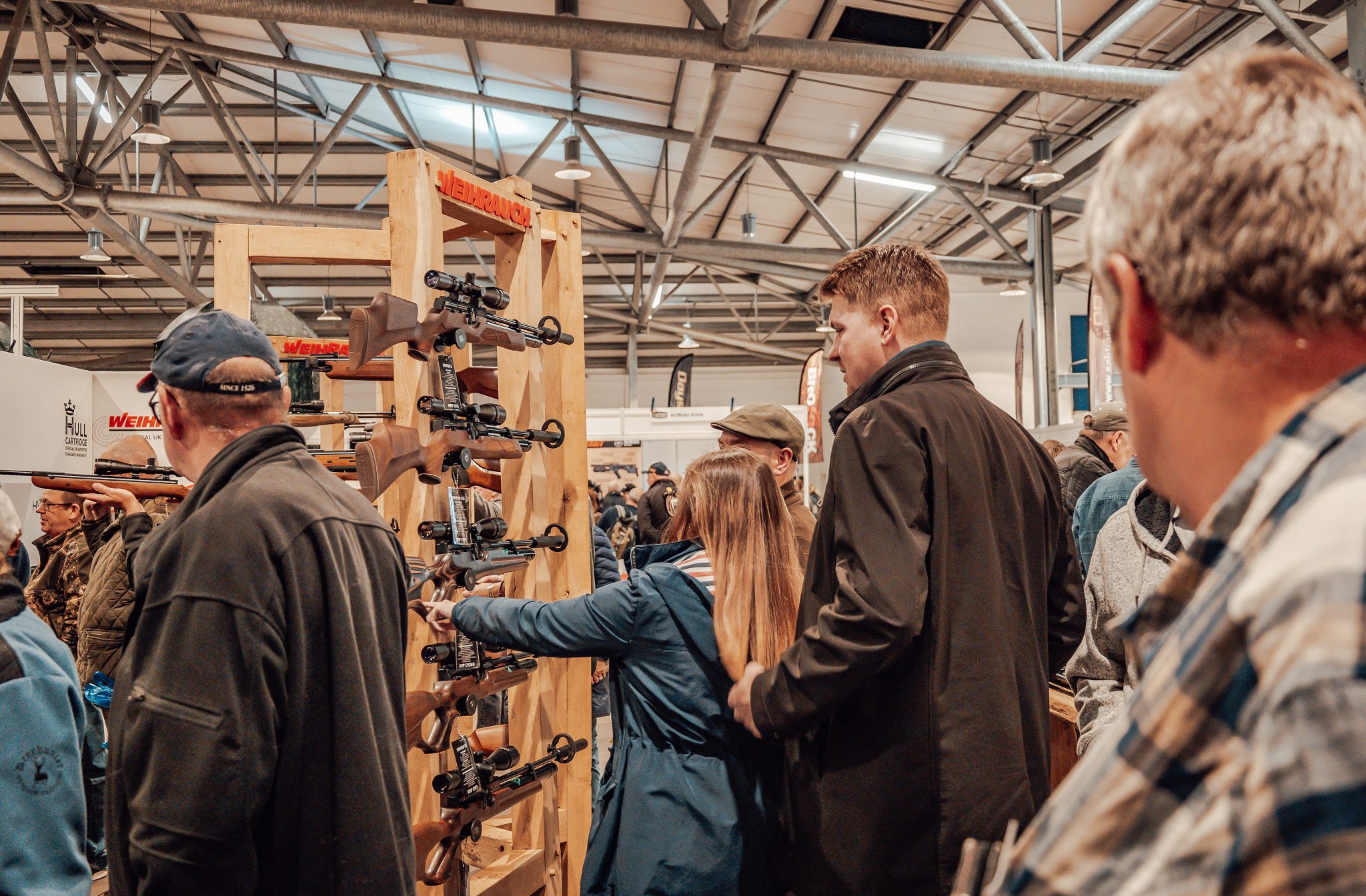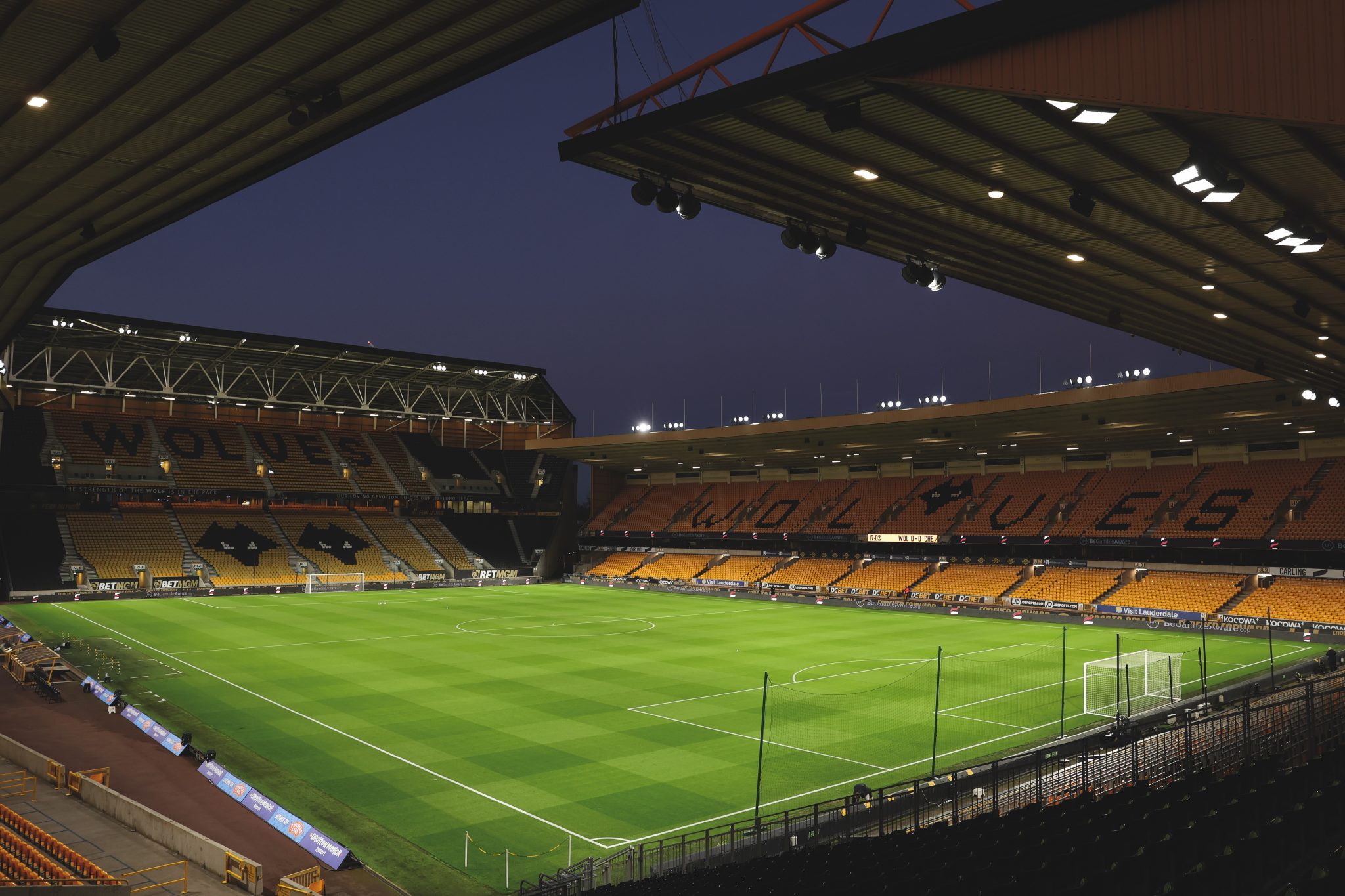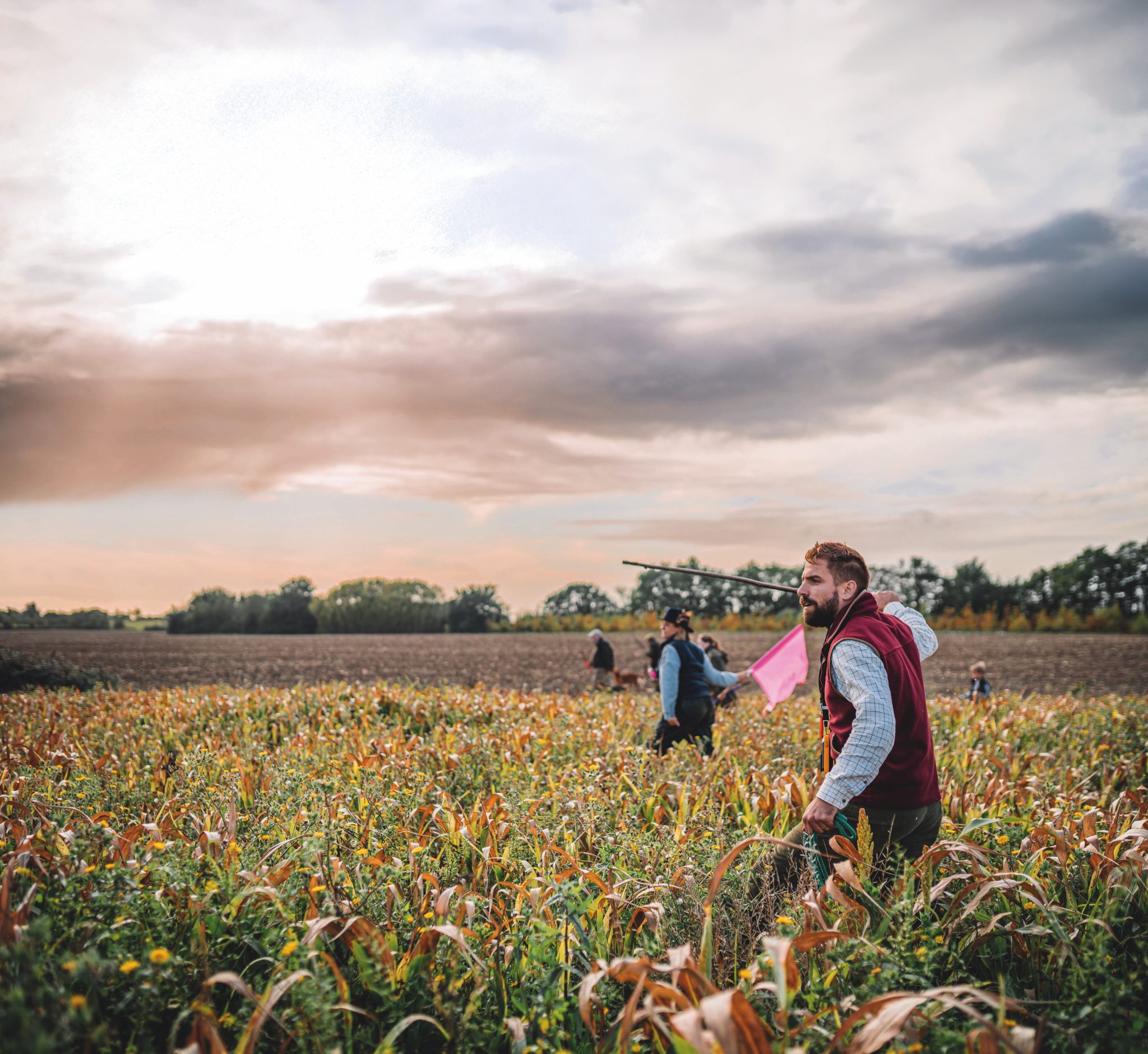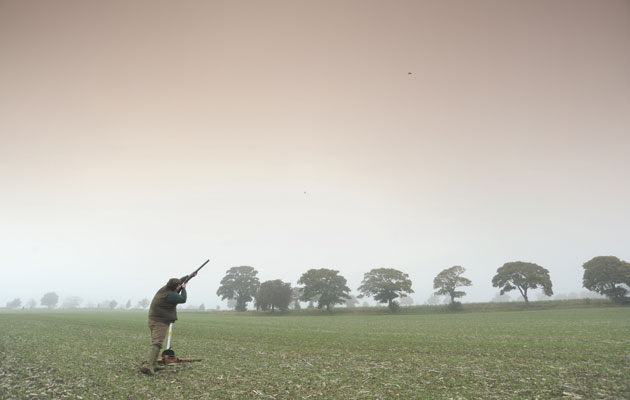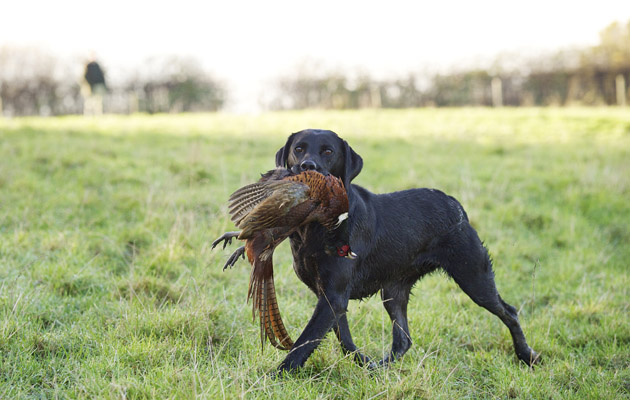Editing a shooting magazine has its perks. In spite of the constant pressure of immovable deadlines, continually chasing contributor’s for…
Win CENS ProFlex DX5 earplugs worth £1,149 – enter here
This is how to put out the pegs
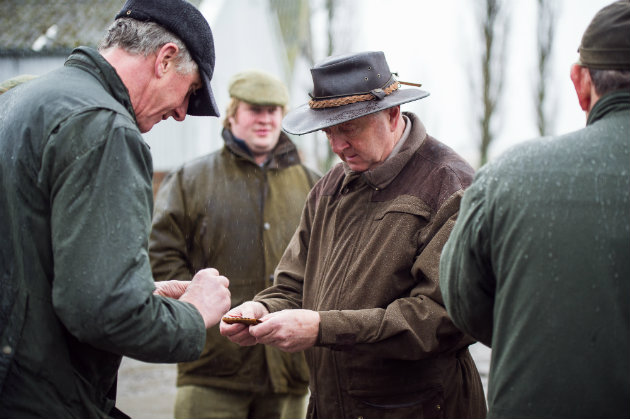
When I worked in Wales, not far away there was a rather elderly and eccentric estate owner, who employed a full-time keeper and shot six days. One of his more interesting quirks was that he never drew pegs. He insisted that the Guns — who were a closed syndicate of family and friends — stood on the same pegs, on the same drives, every time they shot.
Drawing of pegs is a part of the shoot day
Though the Guns never appeared to be bothered by the predictability of it all, it struck me as rather boring. A major part of any shoot day is its unpredictability, and the drawing of pegs, the order of the drives — if known only to the keeper and shoot captain — are very much a part of it.
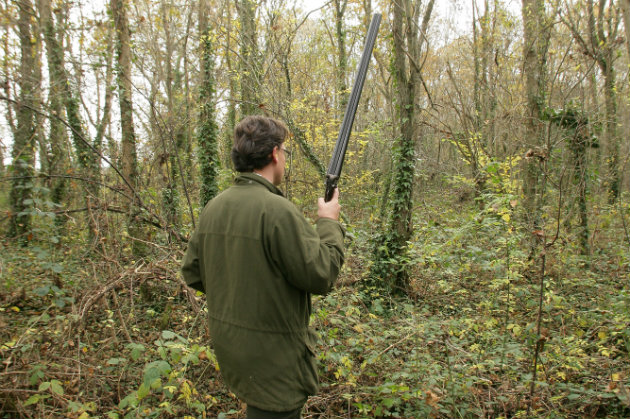
A major aspect of any shoot day is its unpredictability and the drawing of pegs is very much a part of it
Putting out the pegs
Whether the Guns are numbered from the left or the right matters little. What is more important is where they are in relation to the flushing point and that they are under the flightline of the birds as they head back to their release or roosting wood.
There are no hard and fast rules for spacing the pegs out either. Most shoots put the pegs 45 to 50 yards apart, but they don’t have to be. It is more important to space them out evenly, so the Guns all get a share of the shooting, than it is to knock them in at an exact distance.
- How close the pegs are to the drive will depend on a number of things and there isn’t really an optimal distance.
- They need to be far enough away from the drive to give the birds time to gain height and get up to speed, yet close enough for them to be able to see the Guns as they break cover and have a reason to climb.
- Too close and they will simply skim past the Guns.
- Too far away and they will be on their way down before they reach them.
The person putting the pegs out should also make allowances for natural or man-made features that will alter the flightline of the birds.
Pole position for the pegs
How to give the Guns the best sport possible
When you have a building or tree blocking the flightline, it is far better to jiggle the Guns about a bit, and space them either side of whatever it is that is in the way, than it is to put a Gun there and hope for the best. It’s not much fun being in the middle of the line if the birds split on you and you end up out of the shooting.
Guns generally move up two or three pegs a drive; up two is fairly standard if you are shooting eight Guns and up three seem to be the norm if you are shooting 10. This gives everyone a turn in the middle of the line and, while the end Guns won’t expect to be in the thick of it, they still need to feel included.
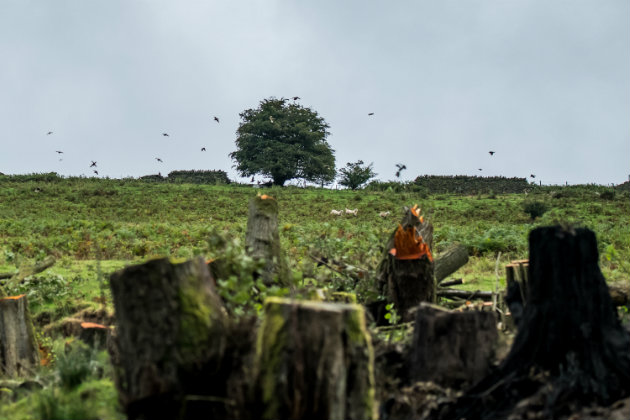
Nothing but a number: where Guns are in relation to the flush point is an important consideration
I have been on shoots where the end Guns are so far out to the sides that it almost seems pointless them unsleeving their firearms. They may get a shot at an early bird heading out to who knows where, but more often than not they end up having a blank drive. The fact that a few birds escaped out of the sides the week before doesn’t necessarily mean they are going to the next week. This behaviour probably had more to do with the way the wood was driven than the birds wanting to fly in a particular direction.
Back-gunning
If a drive is fairly narrow and the birds funnel over the centre of the line, you might want to consider putting in a back Gun or two. I am not a huge fan of back-gunning, because it is easy to overshoot a drive, but it can work if there are enough birds and the Guns are selective.
Back Guns need to be placed carefully, considerately and with the same amount of thought given to the line of front Guns. There’s not much point in sticking someone randomly behind the main line if they aren’t going to see anything or get off a shot. Distance is key.
They need to be well behind the main line of Guns, close enough to see what is happening — but not dangerously so. Too close to the front line and not only will they be lining up on the same birds as the front row, but they will also be standing directly behind them with loaded guns. This is very off-putting for both the person in front — who is hoping the Gun behind him is being extra careful — and the Gun on the second row who has to mount over the head of the person standing in front of them.
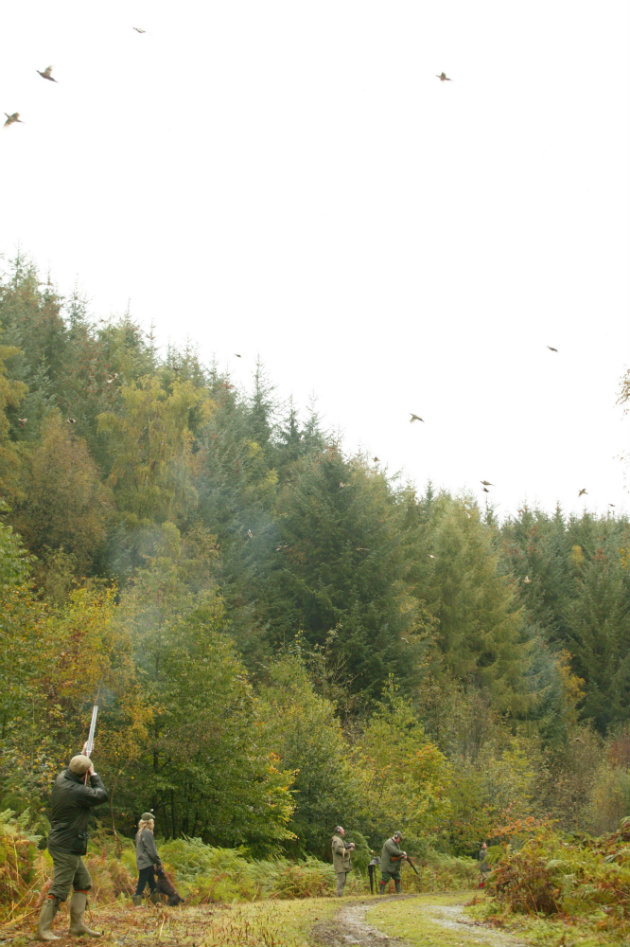
Pegs need to be far enough from the drive to give the birds time to gain height and get up to speed
The walking Gun
Having a walking Gun is another option if the front line is a bit tight. It can be great fun, especially late on in the season when the birds are wiser and flying back over the beaters’ heads and out of the sides.
The best advice I can give about the placing of a walking Gun is to ask the beaters. They know where the birds fly back, where the Gun should wait, how far they should keep going for and the direction
the birds generally take.
A walking Gun who can judge distance is particularly useful, as they won’t be tempted to shoot at anything out of range; doubly so if they have a good dog for retrieving what they shoot. If they haven’t got a dog, or if they are new to the shoot and don’t know where they are going, sending a picker-up with them is wise. Not only will they be able to point them in the right direction, but they will be able to keep an eye on them and pick-up their birds as well.
Related Articles
Get the latest news delivered direct to your door
Subscribe to Shooting Times & Country
Discover the ultimate companion for field sports enthusiasts with Shooting Times & Country Magazine, the UK’s leading weekly publication that has been at the forefront of shooting culture since 1882. Subscribers gain access to expert tips, comprehensive gear reviews, seasonal advice and a vibrant community of like-minded shooters.
Save on shop price when you subscribe with weekly issues featuring in-depth articles on gundog training, exclusive member offers and access to the digital back issue library. A Shooting Times & Country subscription is more than a magazine, don’t just read about the countryside; immerse yourself in its most authoritative and engaging publication.



